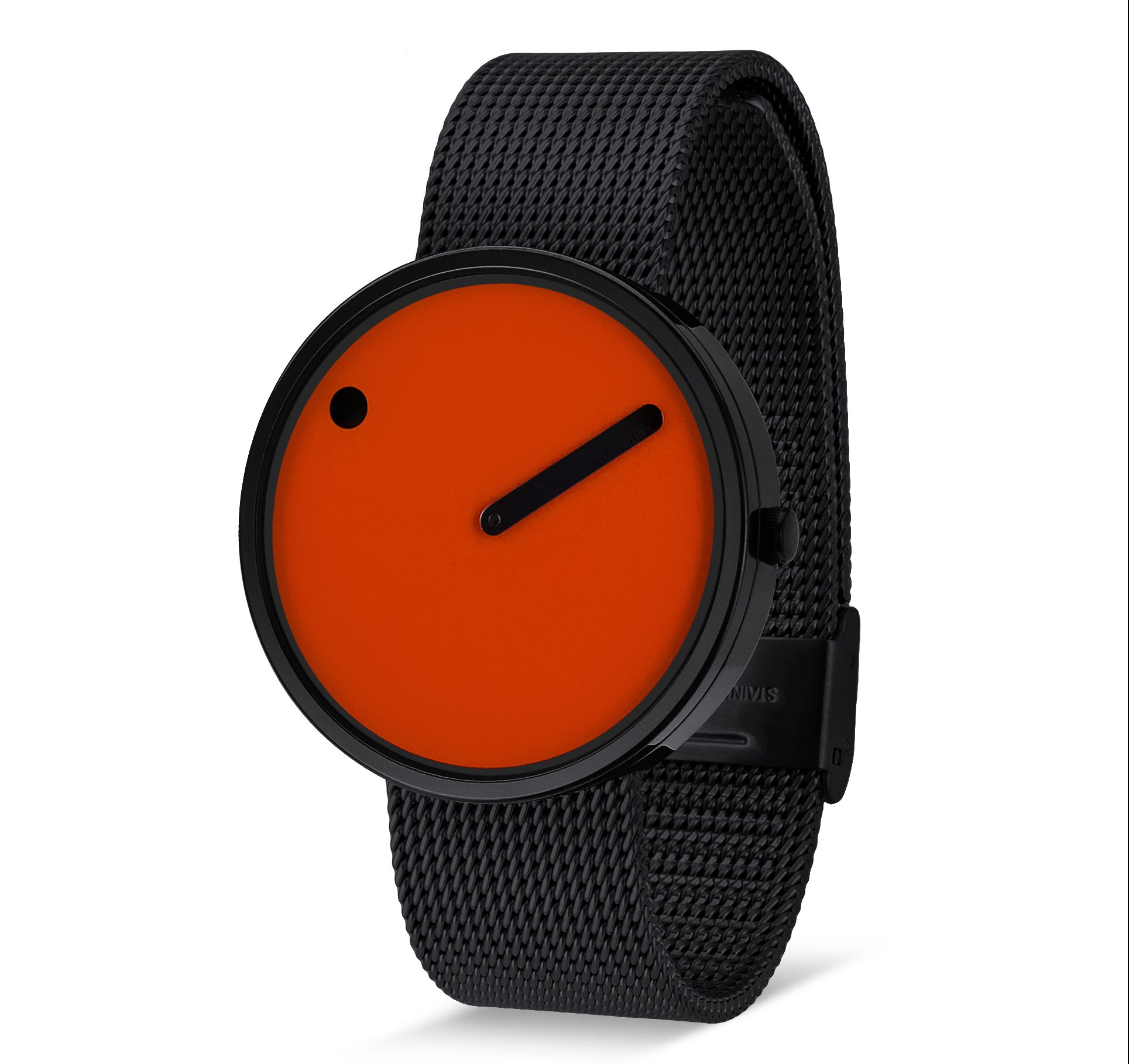The watchmaking industry is a difficult space in which to find innovation (think MP3 players, only add a few centuries). Because of this, buyers everywhere are left with a selection of timepieces that look like they’re cut from the same cloth.
The first mechanical clocks came as early as the 1200s, and while there have been plenty of advancements since then, the functionality, motifs, and designs of clocks haven’t changed all that much, even with the advent of electricity. Your great, great, great, grandfather or grandmother may have worn a watch strikingly similar to something you’d wear today. Combined with their durability, that makes watches quite good as keepsakes and heirlooms.
Still, though, some may view this as a lack of choice and variety.
One watchmaker, PICTO, has been shaking things up since the 1980s, offering timekeeping enthusiasts all over the world something that they’ve been so sorely missing — something different. The company’s watches are the world’s first to display the time as a pictogram (hence the name).
The Approach
This watch was designed with simplicity and user-friendliness in mind. You won’t find a 60-page manual bundled with the watch that you have to read cover to cover in order to understand the dials. PICTO’s watch strives to achieve perfection as an at-a-glance accessory, and not a utility tool.
Their approach is evident in the design of the watch, which tells time different than anything else on the market. Instead of three hands racing around the dial, there’s only a minute hand. The hour is marked on the face of the dial by a small dot, which is easily viewable, but unobtrusive.
The design is a dream-come-true for lovers of simplicity, who (like many of us) are likely happy to ditch the barometers, compasses, and the Swiss Army Knife-like functionality and clutter found on so many watches today for something that simply works.
Unlike many watches, PICTO’s are popular internationally, and have featured in prominent design exhibitions, including:
1986 Haus Industriform, Essen Design Gallery, Germany
1987 Statens Kunstfond, Denmark
1987 Sonderschau FORM International Frankfurt Messe, Germany
1989 Neue Sammlung München, Germany
2004 Designmuseum Danmark’s permanent exhibition
The Build
The watch plays host to a stainless steel buckle, which adorns a strap made from either: leather in calfskin, stainless steel mesh, silicone (recommended for sport/utility use, such as exercise, etc.), or denim.
As for the case, it’s simplicity-above-all, made from stainless steel and featuring PICTO’s proprietary rotating dial dot. It’s good for 5 ATM of water resistance, and contains a Japanese Miyota movement.
The build quality is sturdy, yet maintains the light, modern aesthetic the makers set out for.
The History
PICTO is a young company, as far as watchmakers go. The founders, Steen Georg Christensen and Erling Andersen, started curating the idea for PICTO after Christensen acquired his father’s watch factory and the two decided to challenge conventional watch design.
Their watch allows one to tell time without being a slave to it — a decidedly more liberal approach than “every minute counts,” or “time is money.”
Options
PICTO’s watch is simplistic in design, and gives credibility to the adage that less is more. Some of their most stunning designs are their most instinctive and intuitive — most of them a happy marriage of two primary colors that offset one another perfectly.
There isn’t a single piece of material in the PICTO lineup that looks tacky, or goes overboard with color. The schemes match the functionality and the philosophy of the maker, and can happily serve as a complement to almost any outfit or body type.




